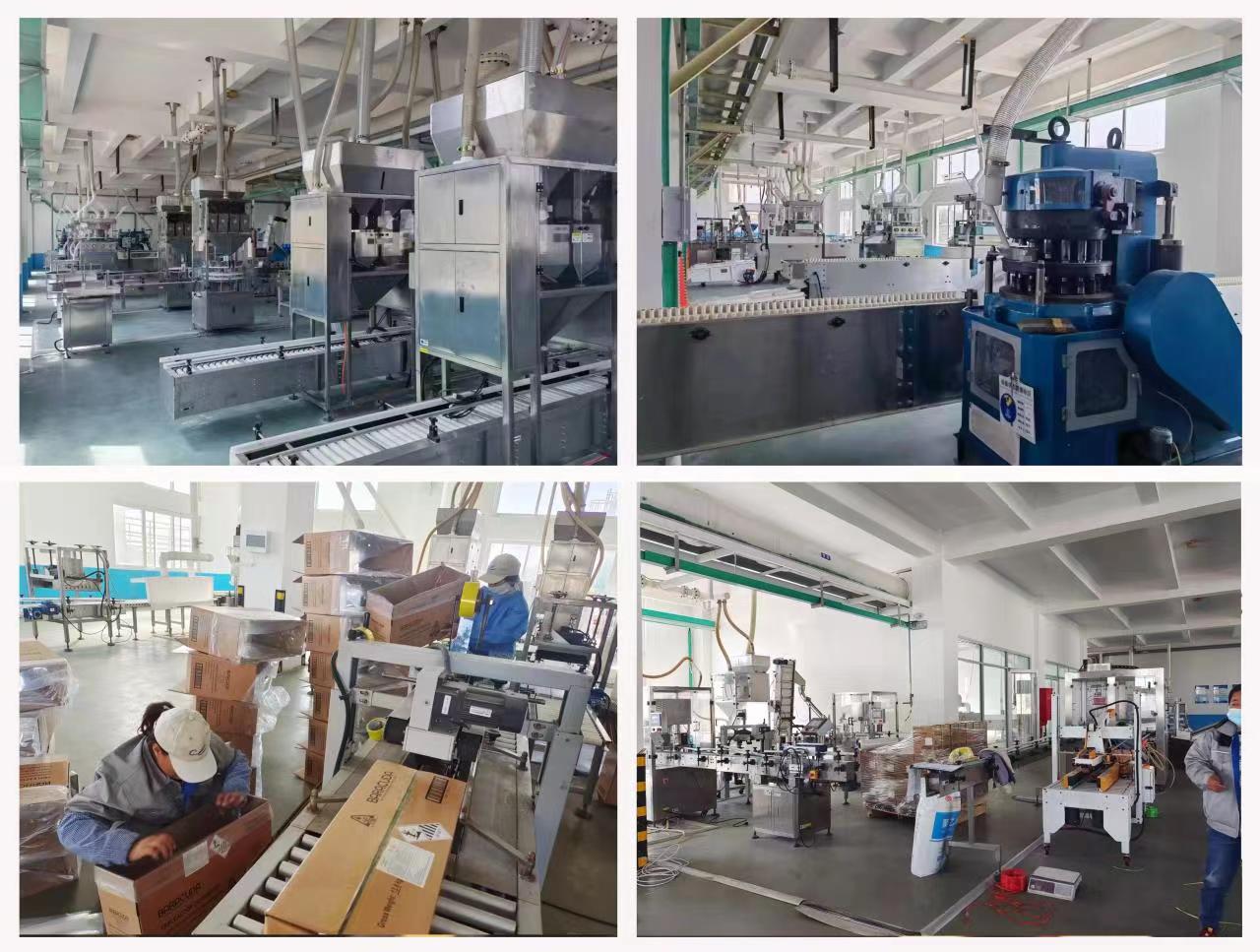

Select Language


Payment Type:L/C,T/T,D/P,D/A
Incoterm:FOB,CFR,CIF,EXW
Brand: kopeo
CAS No.: 461-58-5
Place Of Origin: China
Other Names: DICY,DCD
EINECS No.: 207-312-8
Appearance: White Crystalline Powder
Application: Water Treatment And So On
MF: C2H4N4
Grade Standard: Industrial Grade,Reagent Grade
Sample: Avaliable
Melting Point: 209.5 ℃
Payment Type: L/C,T/T,D/P,D/A
Incoterm: FOB,CFR,CIF,EXW
Product Information
CAS 461-58-5 DCDA/Dicyandiamide Pesticide Intermediates
Dicyandiamide, abbreviated DICY or DCD. is an organic substance with the chemical formula C2H4N4, a dimer of cyanamide and a cyano derivative of guanidine. Chemical formula C2H4N4. white crystalline powder. Soluble in water, alcohols, glycols and dimethylformamide, practically insoluble in ether and benzene. Stable when dry.
Chemical properties of dicyandiamide
Used and stored according to specifications without decomposition, avoid contact with oxides. Solubility is 1.26% in anhydrous ethanol at 13℃ and 2.26% in water. Easily soluble in hot water, aqueous solution will slowly decompose and produce ammonia when above 80℃. When the crystals of melamine are heated to the melting point, the melting will generate melamine and diamine immediately after intense heat.
Cyanodiamine (C2H4N4) is an organic compound also known as a dimer in nylon manufacturing. It consists of two cyanoimine groups, each containing a nitrogen atom and a carbon atom. Dicyandiamide is a solid, colorless, odorless, and soluble in water and common organic solvents.
Dicyandiamide has a high melting point and thermal stability, and can be used to prepare high-performance nanofibers and polymeric materials. It is often used in the textile industry as a raw material for the synthesis of nylon, where Polymers are formed by reacting with another compound, amylenediamine. Nylon is a synthetic fiber with uniform structure, high strength and durability, and is widely used in textiles, plastics and rubber.
In addition, dicyanodiamine can be used to prepare other organic compounds such as pesticides, dyes and drugs. It also possesses the properties of a catalyst and can be used as an oxidizing agent, combustion catalyst and nitrogen remover in the chemical industry.
Uses of dicyandiamide
Dicyandiamide is the raw material of melamine plastic, and also the intermediate of synthesizing medicine, pesticide and dye. In medicine, it is used to make guanidine nitrate, sulfonamide drugs and so on. It can also be used to make thiourea, nitrocellulose stabilizer, rubber vulcanization accelerator, iron and steel surface hardening agent, printing and dyeing color-fixing agent, adhesive, synthetic detergent, composite fertilizers and so on.

Company information
The company's main import and export products include
(1)Polymers:A polymer is a large molecule or a macromolecule, which essentially is a combination of many subunits. Polymers can be found all around us, from the strand of our DNA, which is a naturally occurring biopolymer, to polypropylene which is used throughout the world as plastic.Polymers can be naturally found in plants and animals (natural polymers) or can be human-made (synthetic polymers). Different polymers have a number of unique physical and chemical properties, due to which they find usage in everyday life.
(2)Catalysts And Auxiliaries:Generally speaking, a catalyst is a substance that participates in the intermediate course of a chemical reaction and can selectively change the rate of the chemical reaction, while its own quantity and chemical properties remain basically unchanged before and after the reaction. Usually, the catalyst accelerates the chemical reaction, so that the reaction reaches the chemical equilibrium as soon as possible is called catalytic effect, but does not change the equilibrium of the reaction.
Additives are a variety of auxiliary chemicals that need to be added during the production or processing of certain materials and products in order to improve the production process and enhance the performance of the product required for a variety of auxiliary chemicals.
